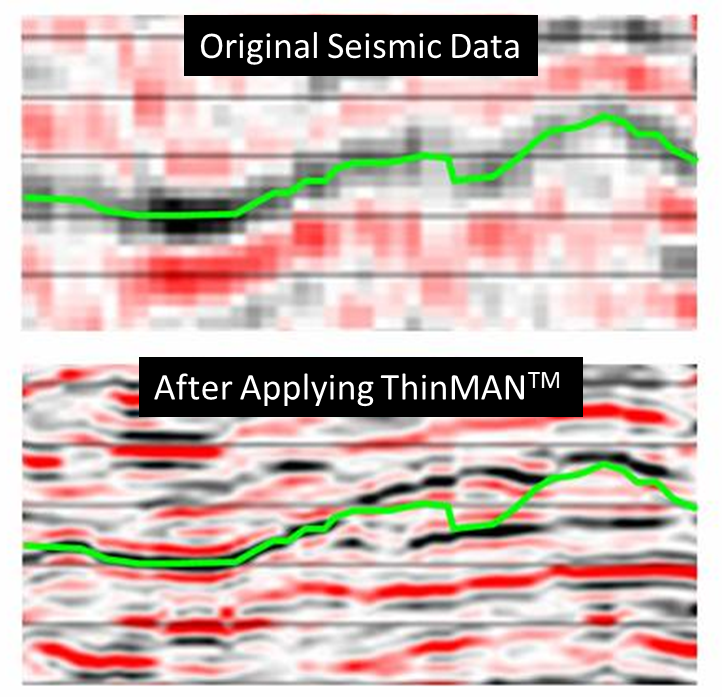CRYSTAL™
CRYSTAL™ 2013 enhances collaboration and provides a suite of integrated tools that Subsurface Geo-Engineering teams need to manage their assets most effectively. This 64-bit Windows solution provides – in a single, seamless environment – an integrated suite of tools to help you accurately plan, develop, and optimize your fields. Its core functionality is based on modules that generate high-resolution geologic models constrained by seismic and well data.
Real-time completions data and microseismic events can also be visualized and interpreted in tandem with the geologic models, well geometries, and field-scale reservoir property predictions.
Sweet-Spot Mapping
More than 70% of the world's known hydrocarbon reservoirs contain natural fracture systems, and oil companies around the world are controlling the high capital costs of drilling and completions optimization by using the Continuous Fracture Modeling (CFM™) workflow from SIGMA³ to build predictive models of their reservoirs.
A key part of the integrated CRYSTAL workflow, CFM can be used to compute reservoir sweet spots, as well as predict user-defined properties across the entire geomodel. CFM leverages an advanced, proprietary neural network to find and rank correlations that exist between large volumes of well data, production data, and seismic attributes. The neural network is first trained on a subset of available wells (e.g., using "fracture indicator" logs from FMI, etc.), and then validated by testing its predictions on a separate subset of wells.
The sweet-spot mapping capabilities in CRYSTAL augment the base toolkit of attributes with maps of Young's Modulus, Poisson's Ratio, brittleness, and other key properties that impact stimulation and production. Around the world, SIGMA³ has used CFM predictions to enable Subsurface GeoEngineering teams to perform field-level planning and optimization - all in the spirit of determining "Where to Drill", "Where to Frac", "How to Frac", and "Where to Invest".
Sweet-Spot Mapping can also be used in combination with the High-Resolution Imaging and Inversion package to generate detailed fracture density maps around the wellbore. In addition, CRYSTAL 4.0 can generate Discrete-Fracture Networks from CFM results. These fractures can be exported as part of the geo-cellular grid for importing into commercial reservoir simulators, such as Eclipse® and CMGTM, allowing users to forecast well- and field-scale production.
Integrated Field Surveillance
CRYSTAL combines microseismic interpretation, hydrofrac data and geomodel predictions to enhance real-time decision making. Subsurface GeoEngineering teams work together on a common platform to understand where microseismic events occur with respect to horizons, faults, well trajectories, and Continuous Fracture Model predictions that are defined on the geocellular grid.
Hydraulic fracture data (pressure data and other time s

















